The Automated Home
Wow, the future! Imagine how smart technology will be. When you get back from work on a cold winter evening your house will automatically be pre-heated and a nice cup of hot tea is prepared for you standing on the side table next to your couch. Your dog was already laying on this same couch, waiting for you. It, of course, is no problem that there now is dog hair all over the couch, since the vacuum cleaner will take care of that by itself. Luckily, you also do not have to go back into the cold outdoors, since your new drone dog leash already took Charlie for a half an hour walk. The TV picks a show for you while you wait for the kitchen to get your dinner ready. You do not know what you will be having, but it must be something nice, your kitchen always knows what you like. Your phone lets you know that your partner will be late from work since their phone has not left the office. The kitchen of course already knew this and had not started preparing their meal. The both of you eat different meals anyway since the kitchen thinks your partner is more interested in a different meal than yours. Dinner is brought to you, it tastes wonderful. When you are finally done, your plate gets taken away and the dishes get cleaned while you continue to watch your show, how convenient!
Automate everything?
The scenario above describes a future vision of the “smart home” and complimentary “smart products”. In this narrative Automated Decision-Making (ADM) plays a large role. Not only chores and tasks are delegated to the smart system, but also decisions are being made for the user. Dahlgren et al. (2021) state that ADM is often seen in narratives as “a technological solution to problems such as managing energy demand, improving the quality of individual lives through the automation of domestic chores, and maximizing individual pleasure”. I definitely think that ADM can be a solution to such problems. However, I also think that more consideration needs to be given when deciding what is a problem and in what way, and whether or not a solution is necessary or which.
One must wonder if automating every chore and decision actually leads to a more fulfilling life. Sure, the delegation of tasks to technological systems saves time that can be invested elsewhere which can make people more productive. However, this ability to be more productive can also come hand in hand with an expectation to be more productive. A decrease in task duration might not lead to a decrease in workload if e.g. employers or people themselves expect that they perform more tasks. Especially in capitalist society where time is money an expectation to often be as time efficient as possible does exist.
Many people surely do get fulfillment out of being productive, but they should not forget the perhaps sometimes overlooked benefits that come with taking the more time-intensive alternatives to perform certain tasks. Dog owners could get a drone to walk their dog after a long day at work (ProFlight, n.d.), but then they would miss out on the health benefits a daily walk has (Christian et al, 2018). You could always use a dishwasher, but you could also do the dishes together with your partner or family members and see it as an opportunity to talk about each other’s day or problems they might be struggling with. You could put a frozen pizza in the oven and wait on the couch while watching a movie in silence, or you could make a pizza together and enjoy the process of making it.
Conclusion
Sometimes convenience and time efficiency can be good and relaxing. Therefore, it is understandable that a popular vision of the home of the future is the “smart home”, which can be seen as an embodiment of convenience. Everything is automated and ideally, the user needs to do as little as possible. However, designers should be careful to not make everything convenient just for the sake of convenience. Sometimes it can be nice to take your time for an activity despite it being a “chore” and designers should not shy away from highlighting these benefits.
References
Christian, H., Bauman, A., Epping, J. N., Levine, G. N., McCormack, G., Rhodes, R. E., … & Westgarth, C. (2018). Encouraging dog walking for health promotion and disease prevention. American journal of lifestyle medicine, 12(3), 233-243.
Dahlgren, K., Pink, S., Strengers, Y., Nicholls, L., & Sadowski, J. (2021). Personalization and the Smart Home: questioning techno-hedonist imaginaries. Convergence, 27(5), 1155–1169. https://doi.org/10.1177/13548565211036801
ProFlight. (n.d.). ProFlight Walkies Dog Drone WALKIESDOGDRONE | Drones Direct. DronesDirect. Retrieved May 29, 2023, from https://www.dronesdirect.co.uk/p/walkiesdogdrone/proflight-walkies-dog-drone
Image
Times. (2019). Give the dog a drone for walkies. The Times. Retrieved May 29, 2023, from https://www.thetimes.co.uk/article/give-the-dog-a-drone-for-walkies-dbdt3qc8j


